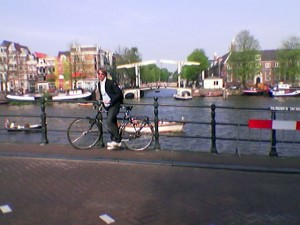(image from s2art)

We – children, parents, students, teachers, adults, schools, society – would need more and better media education. The problems emerge when it comes to discussing about resources and attitudes. The field of media education is also dispersed and people find it difficult to discuss about same questions.
However, many other fields of education face the same problems. What I find particular to media education – and public debate around it – is mixing the goals, context and level of education. Nobody is actually wrong but somewhere there is confusion about roles where an educator and the one who should be educated are placed.
>> see figure ‘the roles of an educator and the one to be educated‘
The educational interface is a challenging one because we tend to place actors to certain roles, which might not be natural ones. Still, all the roles are somehow present in the media educational interface. One or two just come first. In a public debate the fruitfulness of the discussion decreases if one sees school children as small journalists and another one as children to protect from dubious content in media.
As long as the educational interface is crossed vertically straight, no huge problems occur. As soon as e.g. in a school context an educator is merely seen as an artistic manager, we are facing a problem. The experience gained in our school-based media education research project (i.e. my PhD project) is that the school context is not easily changed to a context which supports all the other roles in the figure above. That explains why e.g. schools’ afternoon club activities have a lot to offer in media education. The curriculum-driven teacher–pupil interaction can be switched to more mentor–learner or even political interaction, which in a classroom usually takes second place to teacher–class interaction.



